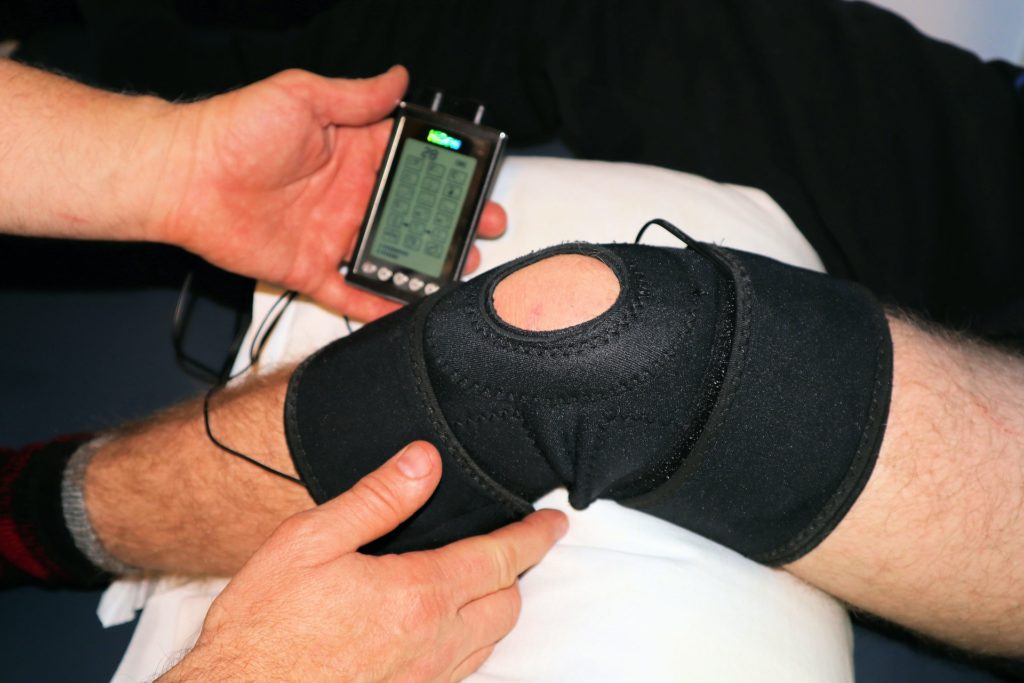Knee pain is a common complaint among athletes and nonathletes alike. It can be caused by injury, overuse, or age-related wear and tear. While some knee issues are minor and may resolve on their own with rest and physical therapy, others can be more serious. Knowing the warning signs of knee issues could help you take the necessary steps to protect your joints from further damage. Here are seven warning signs of knee problems that you should not ignore, as well as tips for how to prevent them in the future. So if you’re concerned about your knees or have recently experienced any type of discomfort or swelling, read on!
1. Swelling
Swelling of your knee can be a sign of inflammation caused by an injury or overuse. It’s important to keep an eye out for swelling and if you notice any, make sure to seek medical attention right away. When the swelling is persistent, it could be a sign of something more serious. A knee arthroscopy or MRI may be needed to determine the cause of your swelling. These two screening tests can give you a better understanding of what’s going on in your knee joint. They may also be used to diagnose more serious problems such as a torn ligament or meniscus.
2. Pain
Pain is your body’s way of telling you something is wrong and should not be ignored. If you’ve been experiencing knee pain, it could be due to an injury or another problem within the joint. Seek medical attention if the pain persists or worsens over time. A doctor can then assess what may be causing your pain and suggest treatments that can help alleviate it. While there are many over-the-counter pain relievers available, if your knee pain is severe or persistent, seeking medical attention may be the best option.
3. Difficulty Moving
If you’re having difficulty moving your knee joint because it feels stiff, swollen, or painful, this could be a sign of an underlying issue. This could also mean that your knee joint isn’t properly lubricated and needs to be stretched and strengthened more regularly to remain mobile. If you can’t move your knee without considerable discomfort or limited mobility, it’s time to talk to a doctor about what could be going on with your joints.
4. Redness/Warmth
Redness and warmth around the knee joint could be a sign of inflammation. This is usually the result of an injury or overuse, but it could also point to a more serious issue such as arthritis. If your knee appears red and warm regularly without any recent injuries or exertion, it’s best to get it checked out by a doctor as soon as possible.
5. Instability/Locking
If you feel like your knee is unsteady when you stand, walk, or move in certain directions, this can be a cause for concern. This can mean that the ligaments are weak due to injury or overuse and must be strengthened through physical therapy or surgery. Additionally, if your knee locks up while trying to move it in certain directions, this could be caused by cartilage damage or a torn ligament. These issues will require medical attention in order to prevent further damage.
6. Popping/Catching
If you feel like your knee joint is popping or catching when you move it, this could mean that the tendons and ligaments are not functioning properly. In some cases, these can be stretched or strengthened through physical therapy, but if they continue to cause problems it’s best to have it checked out by a doctor who may suggest other treatments such as surgery.
7. Numbness/Tingling
Numbness or tingling around the knee joint can be caused by nerve compression due to an injury or overuse of the joint. If the sensation persists or increases over time, it’s best to have it checked out by a doctor as soon as possible. Additionally, numbness or tingling of the knee can be a sign of serious medical conditions such as diabetes and multiple sclerosis. If this is the case, your doctor may order tests to rule out any underlying causes for the numbness/tingling.

The best way to prevent knee problems from developing is to practice good form when exercising, stretch regularly, and take breaks between activities with high intensity. Additionally, make sure you wear protective gear such as knee braces when engaging in sports activities and always warm up before any physical activity. Lastly, be aware of your body’s needs and pay attention if something doesn’t feel right. If you experience any of the warning signs mentioned above or other unusual sensations in the area around your knees, don’t hesitate to seek medical attention!
